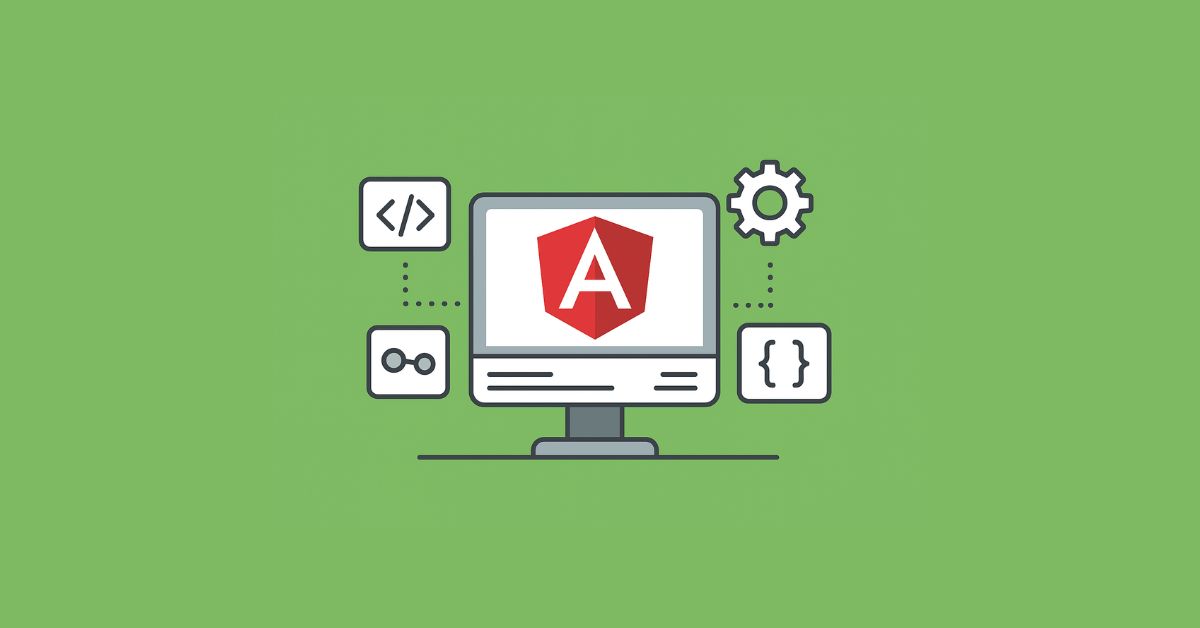Executive Cloud Integration Summary (for busy leaders)
Cloud integration is no longer a futuristic concept—it’s a business necessity. As organizations increasingly adopt cloud technologies, they face a new challenge: how to seamlessly connect multiple cloud applications, on-premises systems, and data sources. This process, known as cloud integration, allows information to flow freely across platforms, enabling real-time insights, improved efficiency, and better decision-making.
In this article, we’ll explore what is cloud integration, how it works, and most importantly, the strategic benefits every business leader should understand to stay competitive in today’s digital economy.
- What Is Cloud Integration?
- How Cloud Integration Works
- Cloud Integration Tools & Platforms (What to Consider)
- Strategic Benefits of Cloud Integration for Business Leaders
- Building a Cloud Integration Strategy
- Challenges in Cloud Integration (and How to Overcome Them)
- Future Outlook: Cloud Integration Trends
- Measuring ROI (What to Track)
- Final words
- Frequently Asked Questions (FAQs)
What Is Cloud Integration?
Cloud integration is the process of linking different cloud applications, platforms, and services—as well as connecting them to on-premises systems—to create a unified, functional IT ecosystem. Rather than operating in silos, integrated systems share data and processes seamlessly, ensuring consistency and efficiency.
Key features of cloud integration:
- Real-time data sharing: Information updates instantly across systems.
- Scalability: Easily add or remove services without disrupting operations.
- Flexibility: Supports both hybrid cloud and multi-cloud environments. (learn more in our Multi-Cloud vs Hybrid Cloud guide)
- Automation: Streamlines workflows by eliminating manual data entry.
Why it matters: For modern enterprises, cloud integration is critical to achieving digital transformation goals.
Cloud Integration vs. Cloud Migration
These terms often get mixed up:
- Cloud migration moves applications or data from on‑prem to the cloud.
- Cloud integration connects applications and data (wherever they live) so they work together.
Most modernization programs need both: migrate what makes sense, then integrate everything into a coherent cloud integration system that supports your target operating model.
People Also Read: What Are The Top Cloud Migration Strategies?
How Cloud Integration Works
At its core, cloud integration connects applications through APIs (Application Programming Interfaces), middleware, and specialized integration platforms known as iPaaS (Integration Platform as a Service).
Typical cloud integration methods include:
- Application-to-Application (A2A) integration – directly linking applications to share data.
- Data integration – consolidating information from various sources into a single repository.
- Process integration – automating workflows between different platforms.
Cloud Integration Tools & Platforms (What to Consider)
When comparing a cloud integration platform, look for:
- Breadth of prebuilt connectors and ability to build custom ones
- API management, eventing, and low‑code flow design
- Robust error handling and monitoring
- Security certifications (SOC 2, ISO 27001) and compliance features
- Performance at your expected throughput and peak loads
- Licensing model, vendor ecosystem, and skill availability
Popular categories:
- iPaaS: MuleSoft, Boomi, Azure Logic Apps, SnapLogic, Workato, Oracle Integration Cloud
- Event & Streaming: Kafka, Confluent, AWS EventBridge
- ETL/ELT & Data Integration: Fivetran, Informatica, dbt, Azure Data Factory
- API Gateways: Apigee, Kong, Amazon API Gateway, Azure API Management
Related to read: Top Most Usable Cloud Migration Tools for Business
Strategic Benefits of Cloud Integration for Business Leaders
For decision-makers, understanding the benefits of cloud integration goes beyond IT efficiency—it’s about driving business growth and competitiveness.
1. Enhanced Operational Efficiency
Integrated systems reduce duplicate data entry, streamline processes, and free employees from repetitive tasks. This leads to cost savings and increased productivity.
2. Improved Decision-Making
With real-time data synchronization, leaders gain instant access to accurate information across departments. This accelerates strategic decisions and supports data-driven initiatives.
3. Greater Flexibility and Scalability
Whether you’re expanding into new markets or launching new products, cloud integration platforms ensure your infrastructure can adapt quickly without major disruptions. (Read also: Building Scalable and Secure Infrastructure with Cloud Services)
4. Better Customer Experience
By integrating CRM, ERP, and marketing systems, businesses create a 360-degree view of the customer. This leads to personalized service, faster response times, and stronger relationships.
5. Reduced IT Complexity
Using centralized cloud integration tools simplifies IT management, helping organizations avoid a patchwork of disconnected applications and reducing maintenance overhead.
Common Use Cases (Industry Specific)
- Revenue Ops: Sync CRM ↔ ERP for quotes, orders, invoices, renewals.
- Ecommerce: Connect storefront, payments, OMS, and fulfillment; near real‑time inventory.
- HR & IT: Automate onboarding/offboarding across HRIS, identity, email, and devices.
- Finance: Consolidate data for close‑to‑report, cash forecasting, and revenue recognition.
- Product & Engineering: Stream telemetry and usage to analytics and billing for usage‑based pricing.
- Support: Unify tickets with account and product data for proactive service.
Building a Cloud Integration Strategy
Business leaders must approach integration strategically, not as a one-time IT project.
Key steps:
- Start with business outcomes. Prioritize integrations that move revenue, margin, or risk.
- Audit your landscape. Inventory apps, data stores, interfaces, and SLAs. Identify technical debt and latency hotspots.
- Choose an operating model. Decide between a central integration team (Center of Excellence) vs. federated enablement with guardrails. Publish standards and reusable patterns.
- Select your platform. Evaluate total cost of ownership, connector coverage, security, performance, and vendor lock‑in. Many leaders standardize on an iPaaS to accelerate delivery.
- Design for reliability. Idempotent operations, replayable events, retries, and graceful degradation are non‑negotiable.
- Govern your data. Define canonical models, ownership, and quality checks. Treat integration as a data product.
- Deliver in phases. Tackle 90‑day value slices. Measure outcomes, then expand.
- Operate & improve. Implement observability, cost controls, and a change‑management process.
Challenges in Cloud Integration (and How to Overcome Them)
Despite its benefits, cloud integration is not without hurdles:
- Data security concerns – Ensure compliance with regulations like GDPR or HIPAA.
- Compatibility issues – Select integration platforms that support legacy systems.
- Cost management – Plan for both short-term setup and long-term scaling expenses.
Solutions:
- Choose reliable iPaaS vendors with proven security measures.
- Conduct a full system audit before implementing cloud integration.
- Use automated monitoring tools to track performance and cost.
Future Outlook: Cloud Integration Trends
Cloud integration continues to evolve rapidly. Business leaders should watch these trends:
- AI-driven integration tools that automatically map and optimize workflows.
- Hybrid and multi-cloud architectures for maximum flexibility.
- Industry-specific integration platforms tailored to finance, healthcare, retail, and more.
Staying informed about these developments ensures that organizations remain agile and competitive.
Measuring ROI (What to Track)
- Reduction in manual effort (hours saved per month)
- Time to onboard a new app or business unit
- Integration failure rate / mean time to recovery (MTTR)
- Order‑to‑cash or lead‑to‑close cycle time improvement
- Customer NPS/CSAT lift after unifying data
- Cost per integration (build + run) over time
Final words
Cloud integration is not just an IT initiative—it’s a strategic enabler for modern business. By connecting applications, platforms, and data sources, leaders gain operational efficiency, faster insights, and the agility to meet changing market demands.
Whether you’re a CEO, CTO, or operations head, understanding what cloud integration is and strategic cloud services benefits will help you make smarter investments that drive long-term growth.
Need help now?
If you’re evaluating or implementing cloud integration, our team offers end‑to‑end Cloud Services, including discovery, iPaaS selection, implementation, and managed support. Book a consult in minutes.
Recommended next step: Begin evaluating cloud integration platforms and define a clear strategy today—your future business success depends on it.
Frequently Asked Questions (FAQs)
Cloud integration connects applications and data using APIs, events, and iPaaS platforms so information flows automatically and securely.
- Leaders see faster decisions, lower operating costs, better customer experiences, stronger compliance, and a scalable foundation for growth.
Cloud migration moves applications to the cloud, while cloud integration connects them to work seamlessly together.
Enterprises using multiple SaaS apps, hybrid cloud environments, or real-time data requirements.
Depending on complexity, it may take weeks to several months. Phased implementation reduces risks.
Yes, when using platforms with strong encryption, compliance standards, and continuous monitoring.
Integration Platform as a Service (iPaaS) is a cloud-based solution that simplifies connecting apps and data sources.
iPaaS (MuleSoft, Boomi, Azure Logic Apps), event platforms (Kafka), ETL tools (Fivetran), and API gateways (Apigee).
Match connectors and features to your apps and volumes; evaluate TCO, security, and team skills; run a proof of value.








